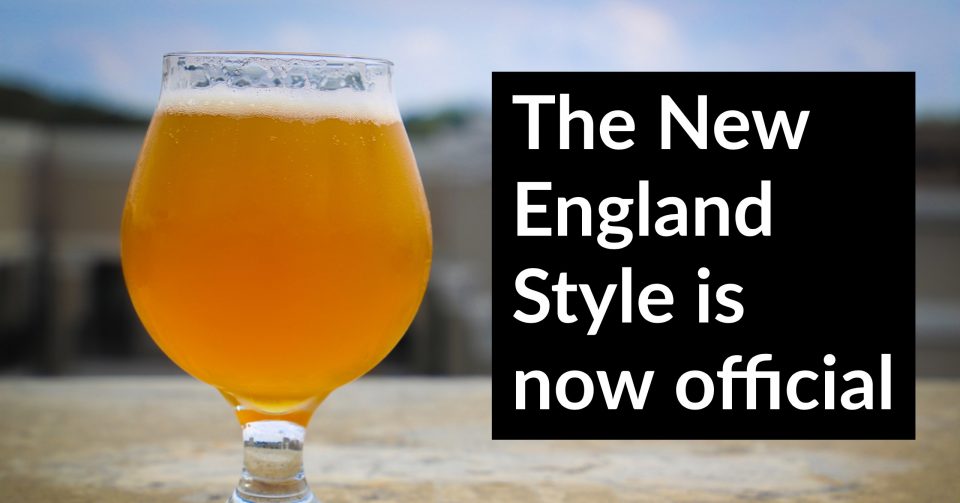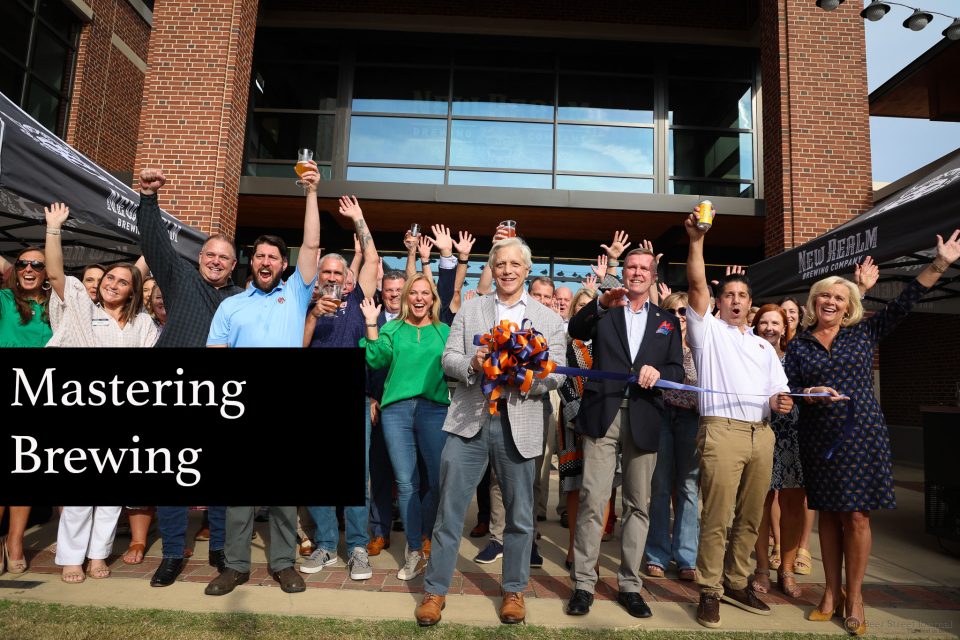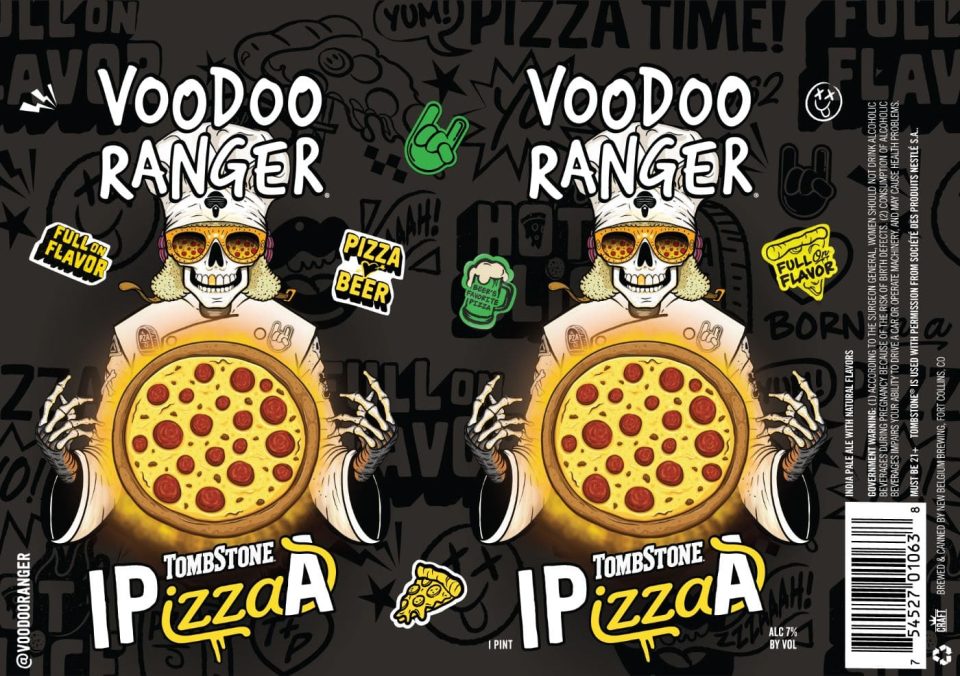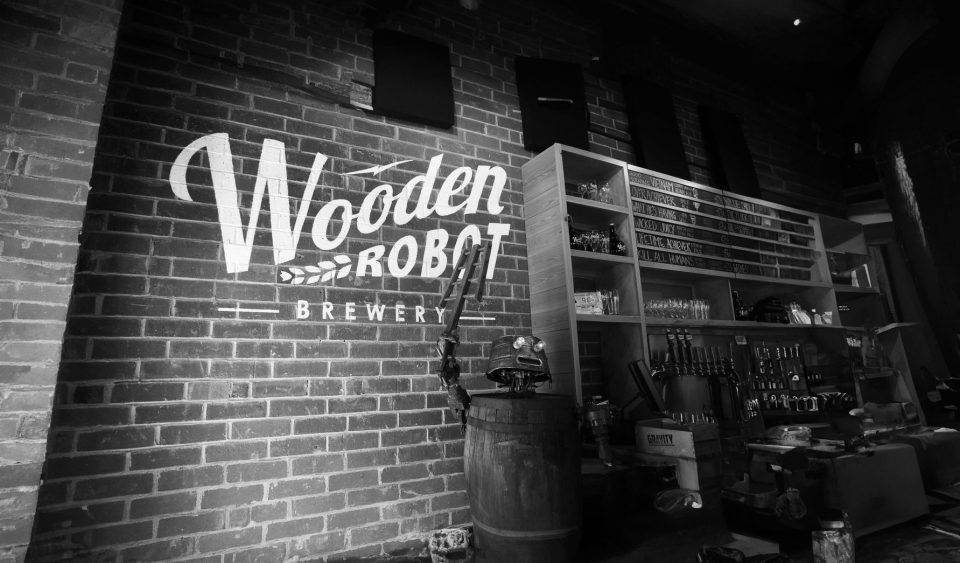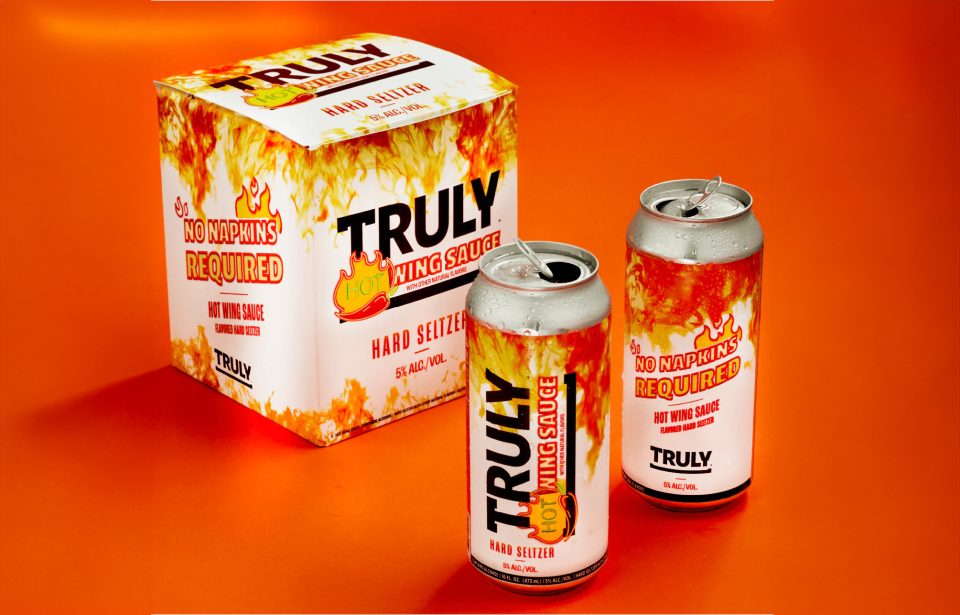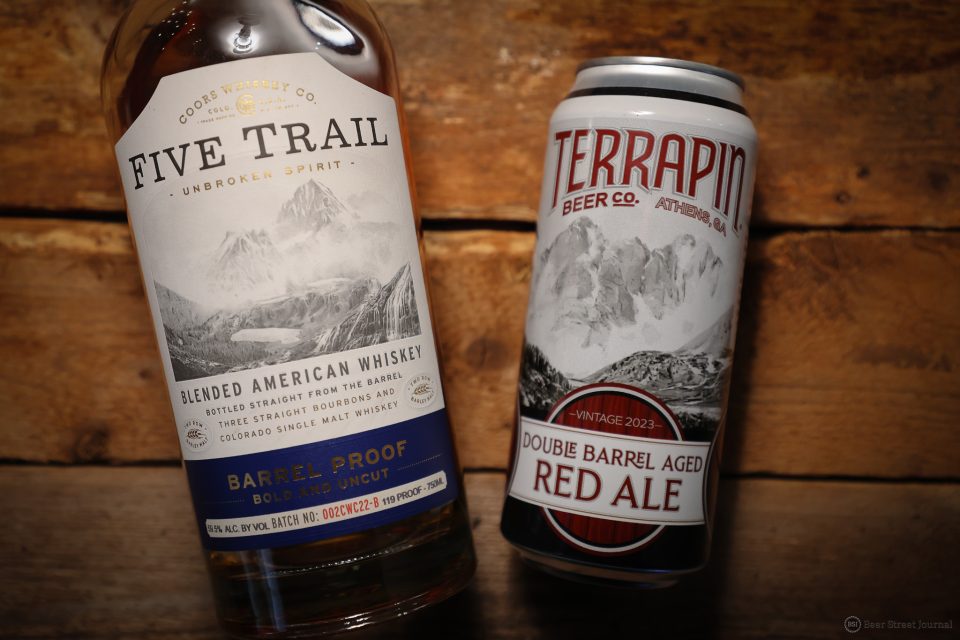The Brewers Association, a not-for-profit trade group dedicated to America’s independent brewers have added a few new entries to their Beer Style Guidelines for 2018. Think of it like Merriam-Webster adding words to the dictionary.
Quite obviously, the nearly 6,500 breweries in the United States have been inspired by historical beer styles. India Pale Ale, pilsner, and gose evolved in England, Czech Republic, and Germany, respectively. When it comes to America, we’ve always done our own thing. Our brewing methods are no different.
Today, the Brewers Association announced the addition of the “Juicy or Hazy Ale Style”, “Contemporary American-style Pilsner”, “Classic Australian-Style Pale Ale and Australian-Style Pale Ale” and “Gose and Contemporary Gose” to the style guidelines. Basically, brewing these aren’t “riffs” on classic styles anymore. They are legit.
The haze craze in the U.S. is real, much to the chagrin of many pro brewers that shelled out 100s of thousands of dollars on centrifuges. The big ole’ glass of turbidity more closely resembles orange juice than beer at times. Soon, brewers will be able to win medals with their juicy, oaty, hop murk in both the Juicy/Hazy Pale Ale and IPA categories.

The Contemporary American-style Pilsener has arrived as well, addressing what the BA calls “marketplace expansion”. This style is defined by American brewed pilsners with a higher hop aroma then found in pre-prohibition styles.
Hop aroma and flavor is medium to high. While traditional versions exhibit hop-derived attribute typical of noble-type hops, contemporary versions will exhibit hop and aroma attribute typical of a wide range of American hop varieties, including citrus, fruit-like or others.
The burgeoning craft beer scene in Austraila has prompted split of the pale ale category into the ” Classic Australian-Style Pale Ale and Australian-Style Pale Ale” subsets. According to the BA, the Classic Australian-Style Pale Ale can run slightly darker and typically exhibits relatively lower hop aroma. The Aussie-style pale ale is apparently a more pale, hoppier pale. Simply put, a U.S. brewer can define a pale as brewed with modern Austrailian hop varieties.
Finally, the gose. Another unique style that is on fire in the United States. This category has been split into the Classic (Leipzig-Style) Gose and the Contemporary-Style Gose. This addition addresses the American departure from the German traditional brewing style. Of the 2018 updates, this update is the most technical update, dealing with the differences in fermentation methods from Classic to Contemporary.
There are hundreds of revisions, edits, format changes to this year’s guidelines, according to the Brewers Association. The above are the most noteworthy in an ever-growing beer industry.
For the full 2018 guidelines, visit BrewersAssociation.org.
